How to Stop Your Dog Whining Without Yelling or Stress
Last year, I was sitting by the window with a mug of coffee in hand, just watching the weather . My golden retriever, Daisy, sat beside me, tail thumping gently against the floor. Everything felt peaceful—until that familiar high-pitched sound began again. Whine. Whine. Whine. It wasn’t loud, but it cut through the quiet like a small, persistent bell. I sighed, wondering yet again how to stop my dog whining.
If you’ve ever found yourself in that same spot—feeling both frustrated and worried—you’re not alone. Dogs whine for so many reasons: anxiety, excitement, discomfort, attention-seeking, even boredom. The challenge isn’t just the sound itself, but the mystery behind it. Why won’t my dog stop whining when I’ve already taken them out, fed them, played with them, and given them love? The answer lies in understanding the emotion behind the noise.
When Daisy first started whining more than usual, I assumed she just wanted attention. But over time, I realized her whining had patterns. It would start when I grabbed my keys or put on my shoes—clear signs I was leaving. That’s when I learned that her whining was tied to separation anxiety. Once I recognized the root cause, I could finally begin addressing it, rather than just reacting to it. That’s often the first step when wondering how to get my dog to stop whining—look at what’s driving the behavior, not just the sound itself.
Whining is a form of communication. Think of it as your dog’s version of talking. If your dog could speak, they’d probably say, “Hey, I’m nervous,” or “I need something.” But since they can’t use words, they use whines, whimpers, and body language to express their needs. The trick to solving the issue lies in interpreting that language. For example, a dog who whines while pacing and panting may be stressed, while one who whines with a wagging tail might just be excited. Understanding these signals helps you respond appropriately instead of reinforcing the behavior.
When I started working on how to stop my dog from whining, I began by practicing calm, consistent responses. The biggest mistake I had made before was giving Daisy attention every time she whined—talking to her, petting her, even just making eye contact. To her, that attention was a reward. So, I shifted my approach. When she whined for attention, I ignored it. When she quieted down, even for a few seconds, I gave her praise and affection. Within weeks, her whining started to decrease noticeably.
Of course, not all whining is behavioral. Sometimes, my dog will not stop whining because something is physically wrong. Pain, digestive upset, or even cognitive decline in older dogs can cause excessive vocalization. That’s why a vet visit is always a good idea if the whining feels new or unusual. I once had a friend whose terrier began whining every evening, and after a quick check-up, it turned out to be an early sign of joint pain. Once they addressed the discomfort, the whining disappeared almost overnight.
Still, for many dogs, it’s about emotions rather than illness. When trying to figure out how can I get my dog to stop whining, it helps to think in terms of prevention rather than correction. Dogs thrive on routine, mental stimulation, and physical exercise. A tired, mentally engaged dog has far less energy for anxious or attention-seeking behaviors. I started incorporating short puzzle games before leaving the house, and sometimes I’d leave behind a frozen treat toy. That small change made Daisy’s goodbyes much calmer—and the whining much shorter.
Consistency is key. Just like people, dogs learn through repetition. If sometimes you comfort your whining dog and other times you ignore them, they’ll become confused and the behavior may even worsen. The clearer and calmer your reactions, the faster they’ll learn what’s expected. And just as important, be patient with them. Whining can test your nerves, but losing your temper or yelling only adds to your dog’s stress. They’re not trying to annoy you—they’re trying to tell you something in the only way they know how.
Over time, Daisy and I developed a kind of unspoken understanding. She still whines sometimes—usually when she’s waiting for me to throw the ball—but it’s different now. It’s communication, not anxiety. And when I think back to those early days, I realize that learning how to get my dog to stop whining taught me far more than just a behavioral trick. It deepened my patience and made me more attentive to her emotional needs.
So if you’re sitting at home right now, wondering how do I stop my dog from whining or why won’t my dog stop whining, start by observing, not reacting. Listen to what your dog is trying to say. Rule out pain or discomfort, then look at emotional triggers. Provide structure, exercise, and quiet reinforcement. Over time, that endless chorus of whines will turn into a calm, contented silence—and in that silence, you’ll find not only peace, but a stronger bond with your best friend.
In the end, learning how to stop my dog whining isn’t about silencing them—it’s about understanding them. And once you do, that frustrating sound becomes a doorway to deeper trust and connection between you and your dog.
Ready to Transform Your Dog’s Behavior?
If you’re tired of the constant whining and wish your dog could understand what you really want from them, there’s a proven way to unlock their true potential.
You’ll be amazed at how quickly your dog starts listening, responding, and relaxing once you tap into their natural intelligence and instincts. Start today and see the difference for yourself!


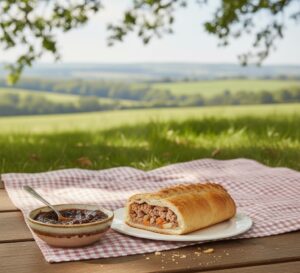
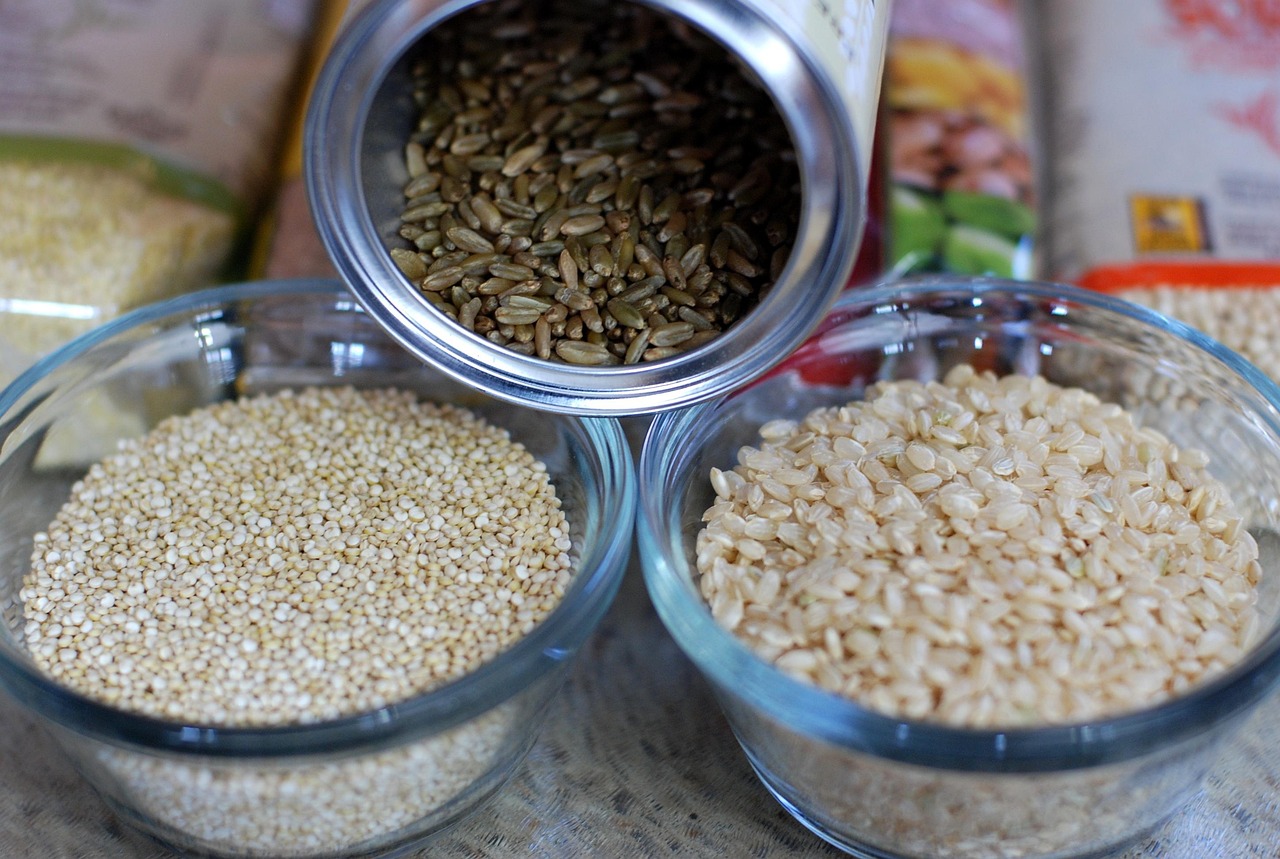
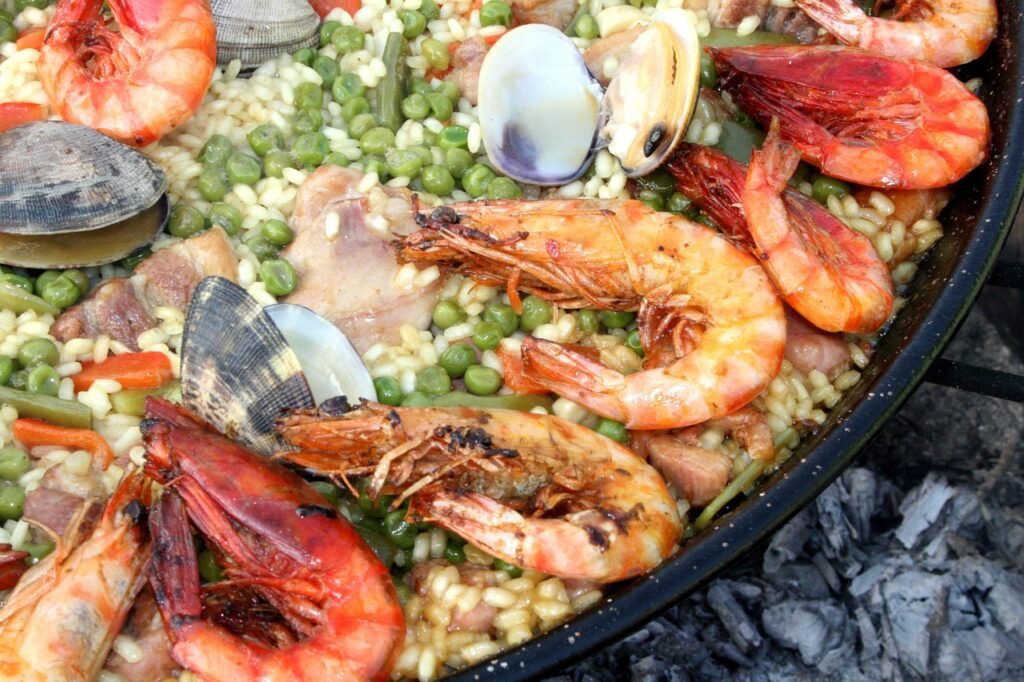
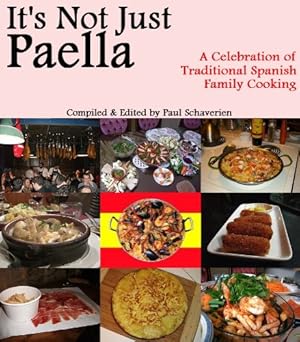
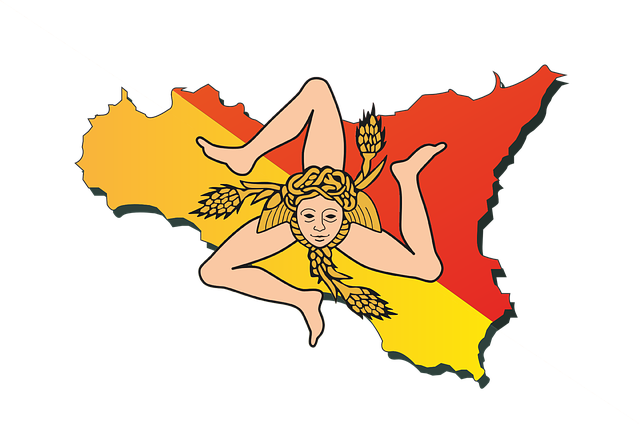

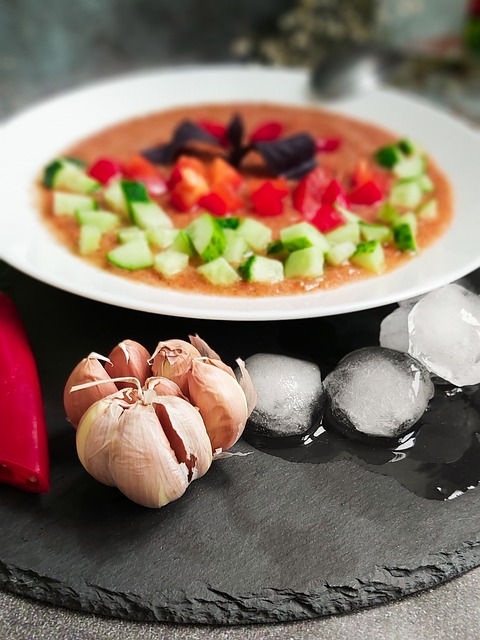 1. Gazpacho Andaluz (Cold Tomato Soup)
1. Gazpacho Andaluz (Cold Tomato Soup)
